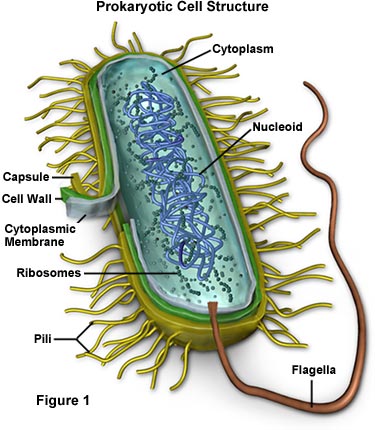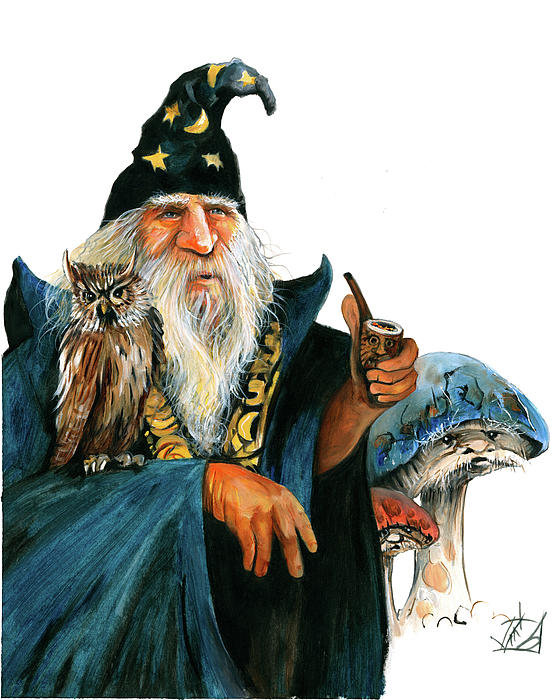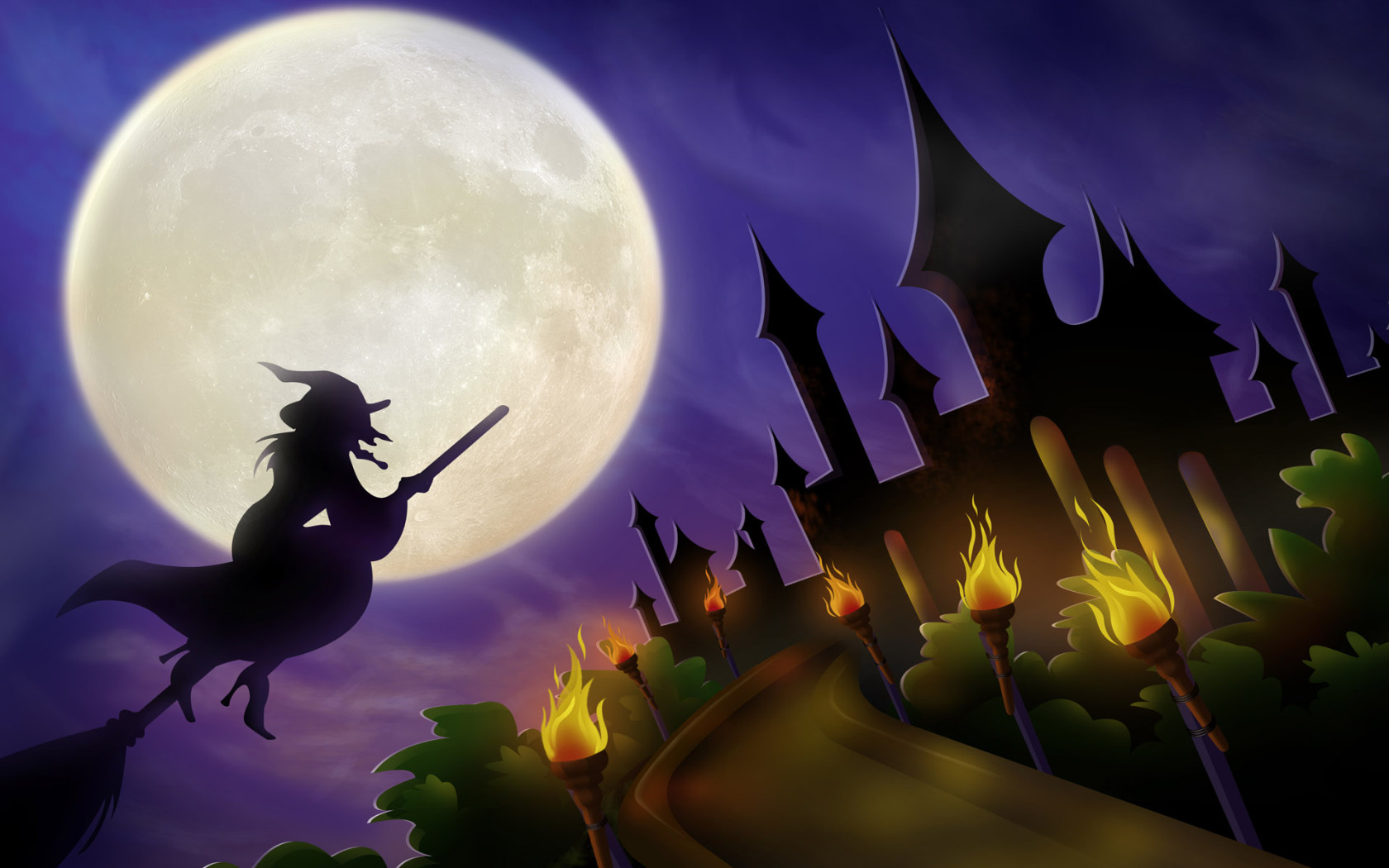We were all excited to go to Florida. We wanted to drive at night, because we thought it would be funner. Boy, were we wrong. Monday started out relatively simple, despite the fact we weren't supposed to be in school. We were supposed to be in Florida by then, but since the space shuttle had been canceled. We were supposed to get to Shreiner at seven or eight.
When we got there, there was no one. We went to the Welcome Center, no one. We went up the hill, no one. So we headed back down to the Welcome Center and waited. After a couple of minutes, people started arriving.
Before long, the place was packed. I found my fellow classmate and most of sixth grade. We waited, and waited, until the coach bus finally arrived. It was huge. We packed our suitcases on the bottom of the bus, then put a couple of the bags we wanted to keep in the overhead compartments. It was kind of like a mini airport. Once everyone got on board, the bus got moving. We waved a last goodbye to our parents, then we were off. It was very dark, and I was sleepy.
But I was awake. For some reason, I just couldn't get to sleep. The seats were just not comfortable. But when we started watching WALL-E, I managed.

When we got there, no one had gotten a good sleep and it was about eight o' clock in the morning. So you can understand that we were all tired. I had five other people sharing the room with me, and four other people in the other room. Our room got messy in the first five minutes, but that was pretty much expected with six bodies in one small room.
After we got settled in the rooms, we headed to the Kennedy Space Center. We ate a quick breakfast of muffins, cinnamon rolls, and breakfast bars. We fed some of the leftover muffins to the birds. That is, until the teachers told us to stop.
We were all tired, but we managed to see some pretty cool stuff. We saw space suits, we saw the first seven astronauts, we saw a shuttle, we saw satalites, we saw--, well, you get the picture. We saw an IMAX movie, but almost all of us slept through it.
Afterward, we rode a ride called the Space Simulator. The way the guy was ranting on about it, I'd expected it to be the best ride of the century, but alas, it really wasn't. It was maybe five minutes, and the seats were shaking, then it stopped and then we were 'floating in space'. What I thought ruined it was when they opened the top of the thing, and they showed 'Earth'. I mean, if it really was Earth, and we were really in space, what kind of idiot would open the door when there's no air? Anyway, after that we went in the gift shop and stood in line for two hours, which wasn't very fun.
 |
| Space Simulator |
So, here's the rotten cherry on top of this tasteless ice cream: once we got out of the gift shop, we were greeted with this news: the space shuttle launch has been postponed! And it's getting postponed the day we're leaving, and guess what? The time it supposed to launch is the time we're going to be on the road! Not exactly the best news in the world. In fact, it's one of the worst. But anyway, we were all really angry, sad, and disappointed. I mean, it's not everyday you get to see a space shuttle launch. Apparently, we weren't going to see it. The teachers kept saying, "We knew this was a risk, and we took it. It got postponed, and we can't do anything about it." The thing is, no one told us about this 'risk', no one told us we might no get to see the launch. I mean, a heads up would've been nice.
We got into the coach bus, all of us complaining, and went to Pizza Hut. We were all very smart about what to get, saving money and stuff, because we had to pay. It turns out, the school paid. We got back in the coach bus, all of us sleepy, and drove to the hotel. We took a shower, brushed our teeth, and went to sleep. We were all so dead tired we were asleep before our heads hit the pillow. Actually, that's an exaggeration, but we were dead tired.
In the morning, we woke up, brushed our teeth, changed our clothes and went to go have breakfast. This time, we had breakfast inside the hotel, instead of at the Kennedy Space Center. It was good. After breakfast, we went to Cocoa Beach.
 |
Cocoa Beach
|
It was really fun. We saw five dead jelly fish, one alive jelly, and small fish. We walked along the beach, looking for really good shells. After about an hour of this, we tried building a working river in the sand. We had the skeleton, but we couldn't get the water flowing. It was still pretty cool.

After the beach we went back to the Kennedy Space Center, but this time we were split in groups. Our group went to the nature exhibit, then we saw more space stuff, and then we went to the same movie we went the day before, except this time, we were awake, and boy, those picture at the end were fantastic. They were breath-taking. After the movie, we went to another exhibit, then went back to the hotel. We ate dinner at the hotel-- salad, spaghetti, bread sticks, garlic bread, and chicken with cheese on top. It was an amazing dinner. Since we were so energetic during dinner, our teachers decided to bring us outside to burn it off. We all decided to play freeze tag and our math teacher, Mrs. Crimminger, was it. There was no moon, but the sky was peppered with stars. They provided enough light for us to see by. ![[Palomar 11, M. Germano]](http://www.cloudynights.com/images/aq07_files/image010.jpg)
When we got back to our room, our principal, Mrs. Sarah, told us that if they didn't postpone it again, we would see the shuttle launch then leave for home. With that, we all read and played cards. Lights out was at eleven thirty, and when it was lights out, we all slept soundly. The next morning, Mrs. Crimminger informed us that the launch had been postponed yet again. So we packed the coach bus, got in and headed home. As we entered Shreiner, we cheered. We were home at last.
Here's what we were supposed to see:



 HAPPY NEW YEAR, EVERYONE! WELCOME TO 2011! Now, let's all take a moment of silence in memory of 2010. Okay, so last year's gone. Last year, we had some good times. We went to Rock Eagle, we made it through Alice in Wonderland, a lot of new movies came out, including Harry Potter 7 part 1, The Lost Hero came out, and we went to the shuttle launch (in a manner of speaking). All great memories. All gone. But think of what we're going to do this year! We're going to go through another play, Robin Hood! The Son of Neptune will come out, the second Kane Chronicles Book is coming out, Harry Potter 7 part 2 is coming out...what more could we ask for (rhetorical question). Let's try to enjoy the New Year! (Peach drop---->)
HAPPY NEW YEAR, EVERYONE! WELCOME TO 2011! Now, let's all take a moment of silence in memory of 2010. Okay, so last year's gone. Last year, we had some good times. We went to Rock Eagle, we made it through Alice in Wonderland, a lot of new movies came out, including Harry Potter 7 part 1, The Lost Hero came out, and we went to the shuttle launch (in a manner of speaking). All great memories. All gone. But think of what we're going to do this year! We're going to go through another play, Robin Hood! The Son of Neptune will come out, the second Kane Chronicles Book is coming out, Harry Potter 7 part 2 is coming out...what more could we ask for (rhetorical question). Let's try to enjoy the New Year! (Peach drop---->)




















![[Palomar 11, M. Germano]](http://www.cloudynights.com/images/aq07_files/image010.jpg)























